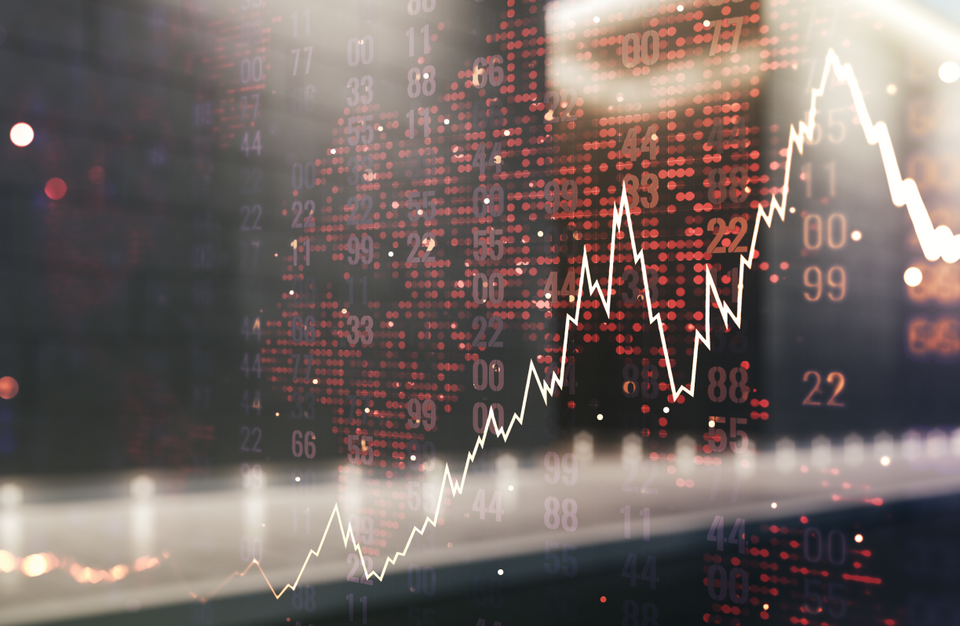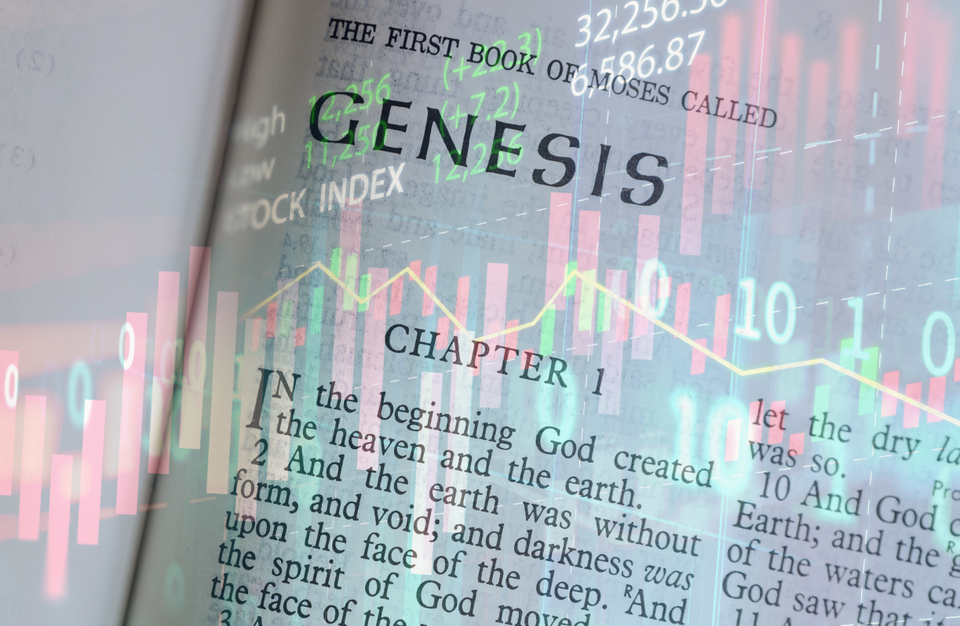Which Exchanges Benefit From FTX’s Insolvency?
FTX's insolvency shatters the crypto market, forcing crypto traders to rethink the credit risk of exchanges. Binance and decentralized exchanges are winners in the spot market, but in futures, Binance loses its market share in favor of both CME and smaller crypto rivals like OKX and Bybit.
The rise of DEX
In the spot market, the most notable change is that the market share of decentralized exchanges (DEX) stopped falling, reversing this year's trend. I wonder if this reflects concerns about the credit risk of centralized exchanges or just automatic liquidations carried out via DEX.
Decentralized exchanges to centralized exchanges trading volume (spot)
Spot volumes
Among centralized exchanges, Binance is a winner in the spot market. According to The Block, Binance strengthens its dominance in the spot market after the FTX collapse, increasing its market share from 81% in October to 85% in November (among exchanges covered by The Block, which exclude Coinbase, Kraken, and smaller exchanges). OKX loses its market share, as it decreases from 9.1% in October to 7.0% in November.
Exchange market shares (spot, crypto only)
However, Binance's market share gains are largely because of a one-off volume spike, probably caused by the FTX collapse.
Binance spot trading volume (7-day moving average)
Futures
I believe that the futures market provides a better reflection of crypto traders' view on exchanges. In the spot market, traders can quickly trade one currency for another and withdraw funds from an exchange, so traders take a credit risk of exchange only for a very short period of time. In the futures market positions taken by traders are likely to be held for longer-term, so the exchange credit risk becomes a significant factor.
The futures trading volume shows largely unchanged market shares of major exchanges. Binance accounted for about 2/3 of the volume both in October and November.
Futures trading volume (USD)
Like in the spot market, in futures, there was a one-off volume spike on November 10-11, which happened mostly on Binance. On November 10, the futures trading volume on Binance reached an astounding 133 billion dollars, probably making these futures one of the most liquid financial instruments in the world.
Futures daily trading volume (USD)
Given one-off spikes in volume, I believe that the open interest provides a more durable picture of market share changes. The futures open interest shows a different trend compared with the volumes data. According to The Block data, Binance's share of the futures open interest declined in November, while shares of OKX and Bybit rose. The most significant gain was at CME, increasing its market share by about a third.
Exchange market shares of Bitcoin futures open interest
If anything, I’m surprised that the CME market share gain was so limited. Unlike native crypto exchanges, CME carries virtually no credit risk and should be a safe haven in turbulent times. CME is available for retail traders too via BITO and BITI ETFs, which are based on CME futures. The CME futures discount to the spot is deeper than for most crypto exchanges, but the discount is still reasonable compared with the credit risk of most crypto exchanges. The current discount of CME December futures is 0.88% compared with 0.25% at Binance and 0.05% at OKX. That translates into a 7-8% annualized yield for Binance and 10% for OKX, which seems a modest risk premium for entities without financial reports and credit ratings. For example, Coinbase bonds maturing in 2028 trade at 14-15% annualized yield. Unlike other crypto exchanges, Coinbase is traded on the US exchanges, discloses financial statements and has relatively good credit ratings.
The real reason explaining the limited market share gains of CME even in current circumstances probably lies in different requirements for trading. Unlike crypto exchanges, CME access (even via ETFs) requires a lot of disclosures (KYC, etc.) and is tightly regulated. It looks like most crypto traders still see lax controls as more important than safety.
Conclusion
At the first glance, Binance seems to be a winner from the FTX insolvency. However, the market share gains of Binance are largely explained by one-off volume spikes, while a more durable indicator (the futures open interest) shows that Binance has been losing its market share. The increased popularity of CME was to be expected, but market share gains of smaller crypto rivals vs. Binance in the futures open interest seem surprising. I wonder if that reflects a general desire for diversification or particular concerns pertaining to Binance.
*This communication is intended as strictly informational, and nothing herein constitutes an offer or a recommendation to buy, sell, or retain any specific product, security or investment, or to utilise or refrain from utilising any particular service. The use of the products and services referred to herein may be subject to certain limitations in specific jurisdictions. This communication does not constitute and shall under no circumstances be deemed to constitute investment advice. This communication is not intended to constitute a public offering of securities within the meaning of any applicable legislation.




